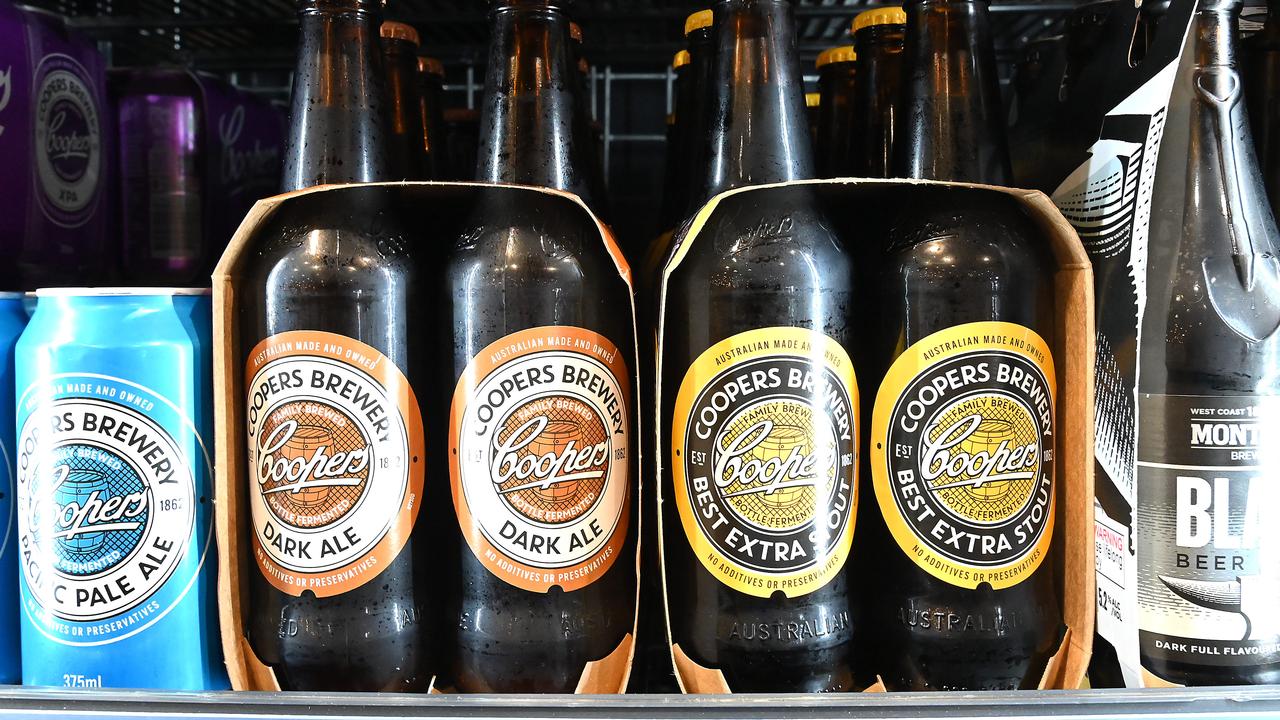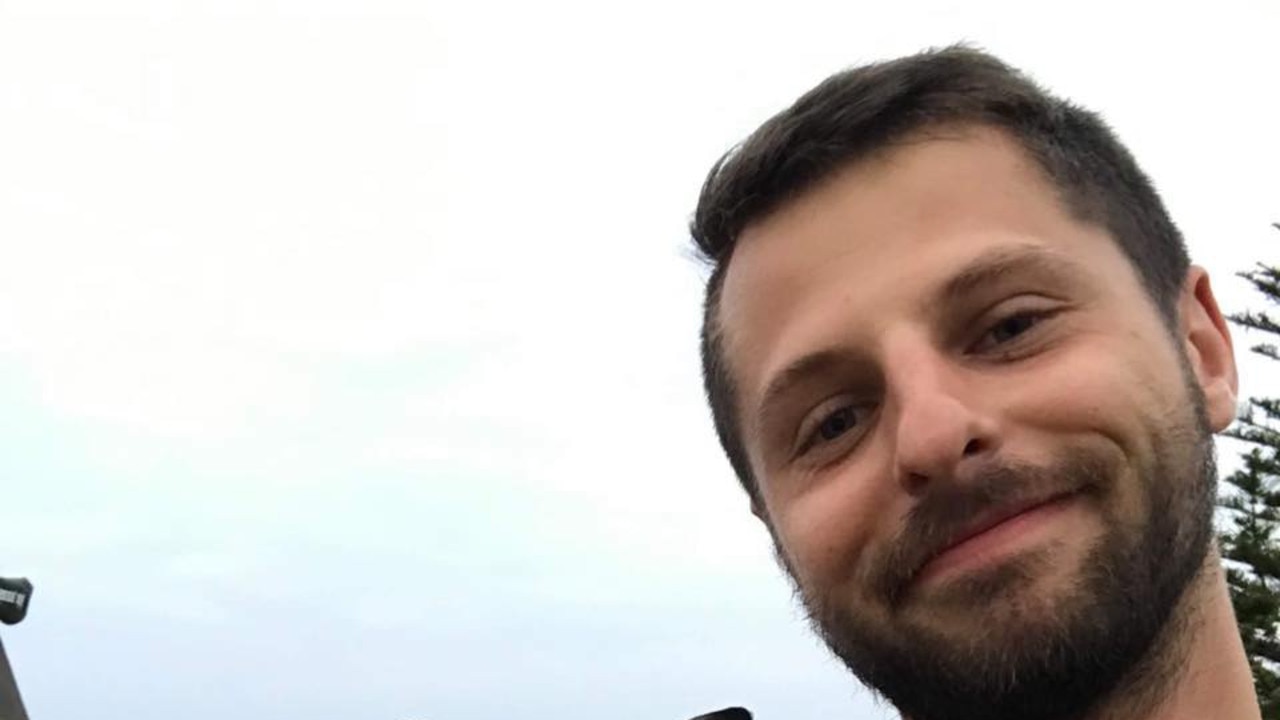Coronavirus: How Andrew Cuomo and Bill de Blasio screwed up New York’s response
President Donald Trump has copped most of the blame for America’s coronavirus outbreak, but he isn’t the only politician responsible.
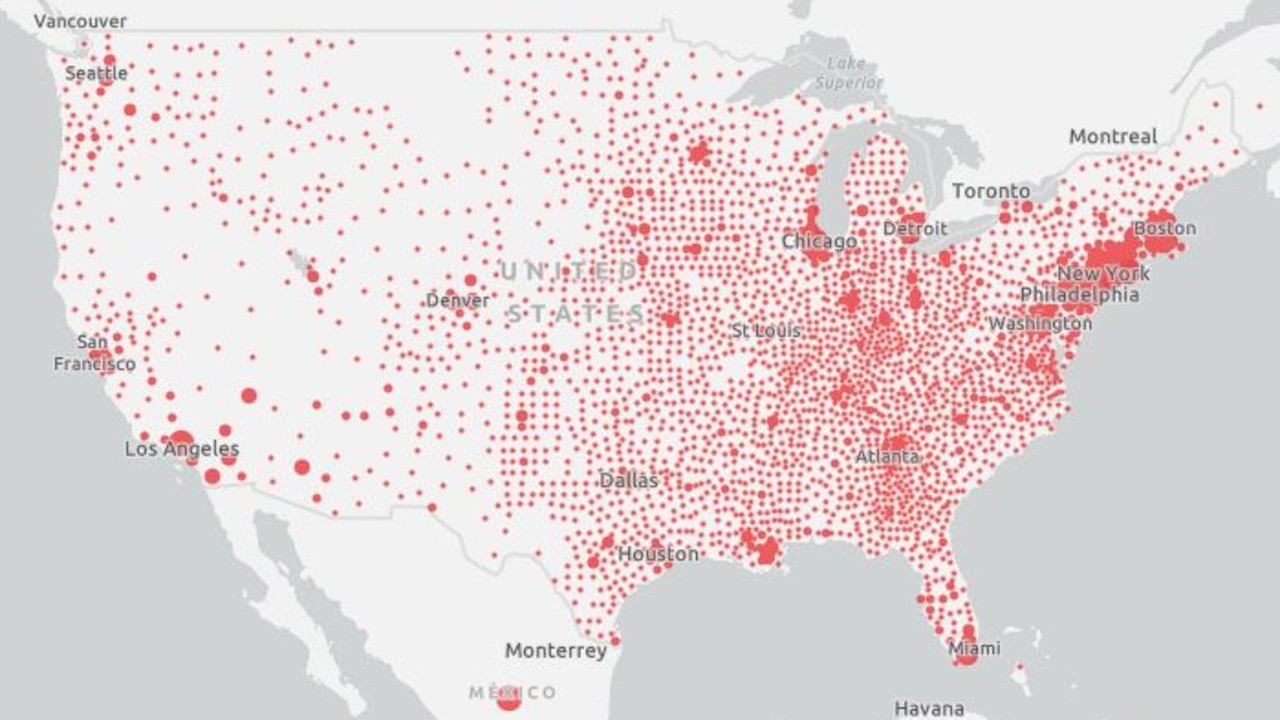
President Donald Trump has copped most of the blame for the scale of America’s coronavirus outbreak, but he isn’t the only leader responsible.
In New York, the epicentre of the outbreak, the government’s initial response was hampered by a long-running feud between two outspoken and ambitious politicians – Governor Andrew Cuomo and New York City Mayor Bill de Blasio.
The state has recorded 360,000 confirmed infections, which is higher than any national total outside the United States. Its death toll of 28,000 trails only the United Kingdom and Italy.
Compare that to, say, California, which is America’s most populous state. It’s had 80,000 cases, and just 3300 deaths.
Why the difference? In a damning report published over the weekend, the New York-based organisation ProPublica highlighted the two states’ conflicting responses in the early weeks of the pandemic.
In short, California moved faster to shut down its economy and contain the virus. And while its politicians worked well together, Mr Cuomo and Mr de Blasio did not.
Both men are Democrats, but they come from separate wings of the party. Mr Cuomo is seen as centrist, while Mr de Blasio is a progressive, who took office in 2014 promising to take on the status quo.
In the years since then, the pair have repeatedly clashed over which of them ultimately bears responsibility for the city’s governance.
Usually, that means arguing over who should fix the subways.
Sometimes it gets a little weirder, like the time they disagreed on whether topless women should be allowed in Times Square, or when the euthanisation of a deer somehow became the subject of a city-state power tussle.
Occasionally it’s personal, such as when Mr Cuomo jumped on a report that Mr de Blasio was taking naps on the job.
It doesn’t help that both men have national ambitions. Mr Cuomo has been spoken of as a potential presidential candidate for years. Mr de Blasio actually did run for president this time around, though he didn’t last long before dropping out.
When the pandemic hit, their frequent disagreements – already unedifying – suddenly became far more significant.
RELATED: Every mistake the US has made in its virus response
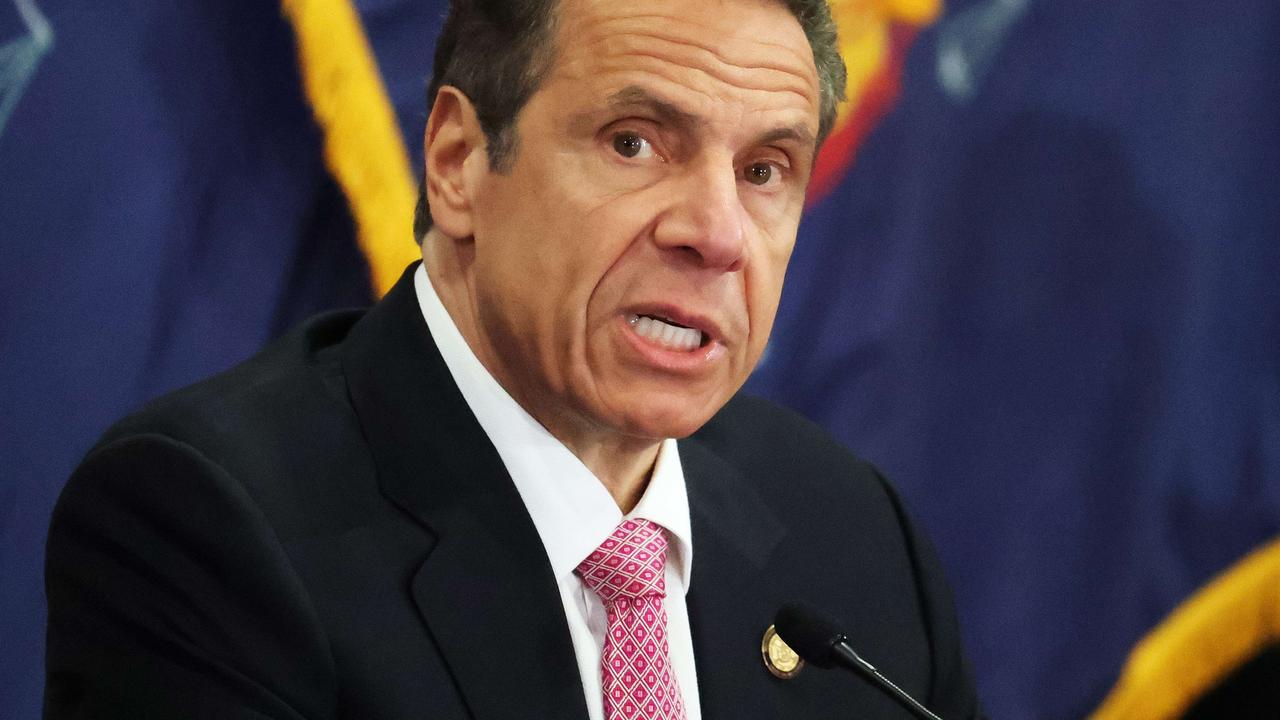
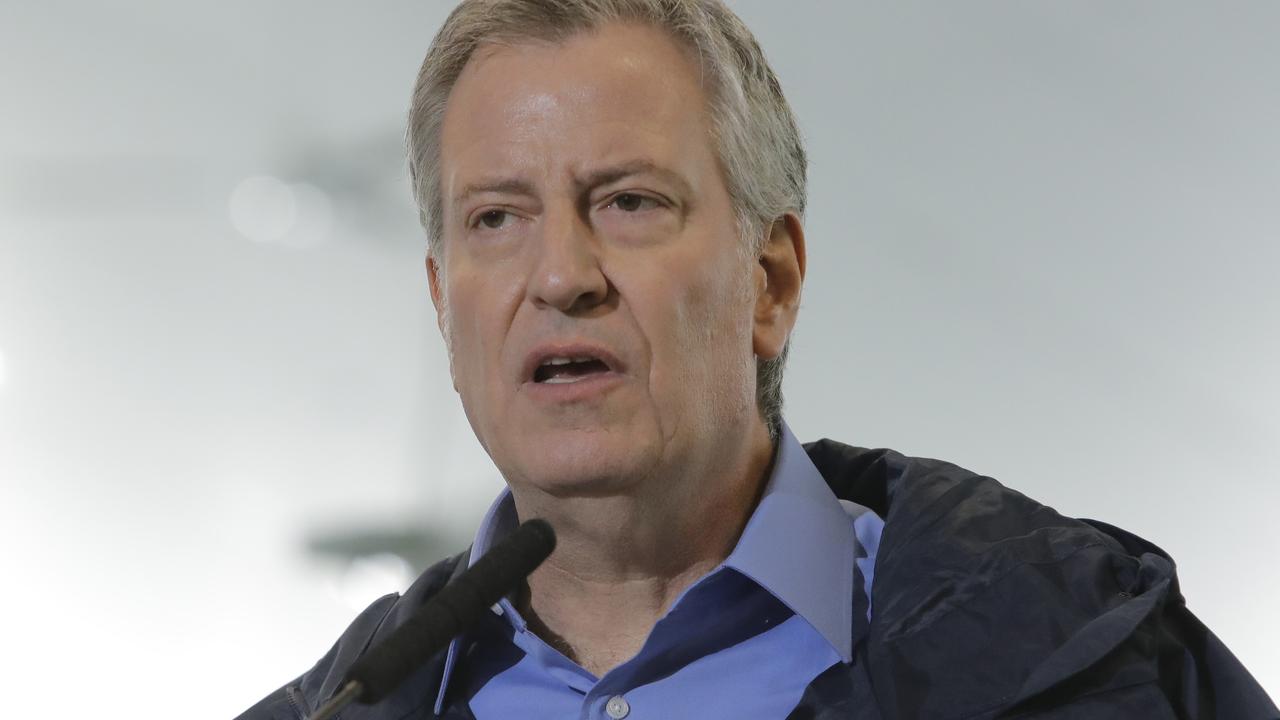
FIVE LOST DAYS
New York’s first coronavirus case was identified on March 1. Initially, Mr Cuomo and Mr de Blasio offered a united response, downplaying the danger and telling people they didn’t need to change their behaviour.
“Excuse our arrogance as New Yorkers. I speak for the Mayor also on this one – we think we have the best healthcare system on the planet right here in New York,” Mr Cuomo said the day after that first diagnosis.
“What happened in other countries versus what happens here – we don’t even think it’s going to be as bad as it was in other countries.”
On March 5, Mr de Blasio admitted the virus could be “anywhere in the city”. But again, he told people to continue with their daily lives.
At that point, the federal government was equally complacent. Having restricted travel from China at the start of February, Mr Trump seemed to believe the problem had been dealt with. He dismissed fears about the virus’s spread as “hysteria” and suggested it would just “go away”.
The President would not ban travel from Europe – now known to be the overwhelming source of New York’s infections – until mid-March.
His sluggishness left America’s states to act on their own, and some were faster than others.
To illustrate its point, ProPublica compared the working relationship between Mr Cuomo and Mr de Blasio to that of California Governor Gavin Newsom and San Francisco Mayor London Breed.
With Mr Newsom’s blessing, Ms Breed imposed a shelter-in-place order on her city on March 16. San Francisco had fewer than 40 coronavirus cases at the time.
Mr Newsom followed suit with a statewide order on March 19.
In New York, Mr de Blasio wanted to do the same thing, but he encountered resistance from Mr Cuomo.
“I think it’s gotten to a place where the decision has to be made very soon,” Mr de Blasio said on March 17, referring to a potential shelter-in-place order.
“Get ready for the possibility. It’s a decision we would only make with the state of New York, of course, but people have to realise at this point that this disease is going to put many, many people – thousands, tens of thousands of people’s lives in danger,” he added on NBC’s Today show the next morning.
“I think New Yorkers should be prepared right now for the possibility of a shelter in place order,” he said once more at that day’s coronavirus briefing.
“It has not happened yet but it is definitely a possibility at this point. I believe that decision should be made in the next 48 hours, and it’s a very, a very difficult decision.”
Mr Cuomo responded with a media blitz of his own, during which he repeatedly shut down the idea.
“That is not going to happen, shelter-in-place, for New York City,” he told The New York Times’ podcast The Daily.
“For any city or county to take an emergency action, the state has to approve it. And I wouldn’t approve shelter-in-place.
“The fear, the panic is a bigger problem than the virus.”
At his own briefing, he told reporters New York City could not legally “quarantine itself” without his approval.
“I have no interest whatsoever, and no plan whatsoever, to quarantine any city.”
That was on March 18. Two days later, Mr Cuomo backflipped and announced his own shelter-in-place order, to take effect on March 22.
There were 16,000 cases when the shutdown started. Five days earlier, when Mr de Blasio first pushed for it, there had been fewer than 2000.
Each day of delay came with a cost.
“You have to move really fast. Hours and days, not weeks. Once it gets a head of steam, there is no way to stop it,” Dr Thomas Frieden, a former head of the Centres for Disease Control and Prevention, told The New York Times.
By Dr Frieden’s reckoning, moving on strict social distancing measures as little as a week earlier could have reduced the death toll by half.
2 days later & NYC deaths would have doubled. Days earlier & so many deaths could have been prevented. A warning to all: #COVID19 moves fast, we must move faster to increase physical distancing. https://t.co/GxsLrzPMXr pic.twitter.com/Pojy9V0a2J
— Dr. Tom Frieden (@DrTomFrieden) April 6, 2020
Other mistakes were made.
Mr Cuomo and Mr de Blasio clashed over who had the authority to close and reopen schools.
The state and city governments have consistently reported different death tolls, with only the city including “probable” coronavirus victims in its tally.
And Mr Cuomo has copped heavy criticism for allowing people infected with the virus to be transferred to aged care homes, which then suffered outbreaks.
“Older people, vulnerable people are going to die from this virus. That is going to happen, despite whatever you do. Because with all our progress as a society, we can’t keep everyone alive,” Mr Cuomo said yesterday.
The Governor has criticised federal agencies and the news media for failing to properly raise the alarm about the virus before it spiralled out of control.
“Governors don’t do global pandemics,” he said last month.
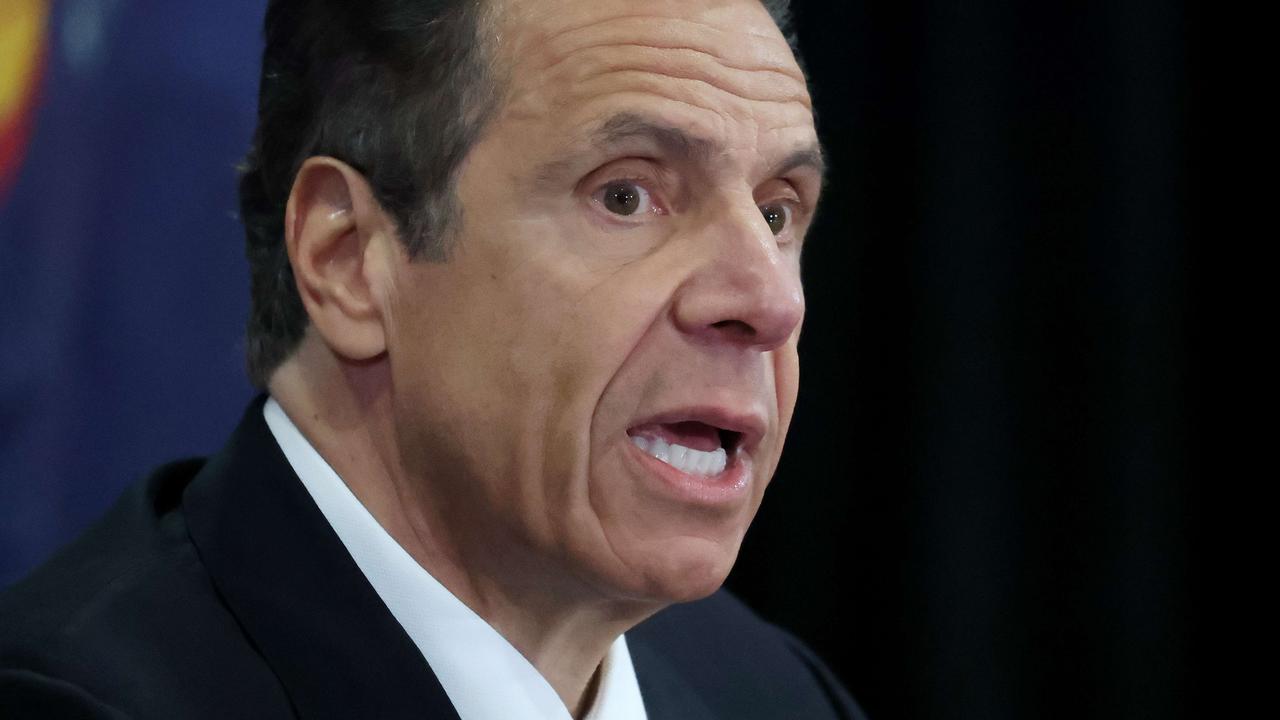
GATEWAY TO THE US
The damage was not restricted to New York. According to recent research from the Yale School of Public Health, the state acted as the “primary gateway” through which the virus spread to the rest of the country.
As the virus spreads, it gains mutations, which subtly change its genetic “signature”. Scientists can use that signature to distinguish between different lines of the disease and, in this case, determine where they came from.
The two earliest known outbreaks in the US were in the state of Washington, on the country’s west coast, and then New York on the east coast. Cases linked to Washington have a slightly different signature than the ones connected to New York.
After analysing thousands of samples from infected people across the US, Yale found that a majority of the cases bore mutations that could be traced back to the New York outbreak.
RELATED: ‘60 per cent’ of US cases traced back to one source
“We now have enough data to feel pretty confident that New York was the primary gateway for the rest of the country,” epidemiologist Dr Nathan Grubaugh told The New York Times.
Dr Grubaugh estimated that the spread of infections from New York accounted for “60 to 65 per cent of the sequenced viruses” in the US.


